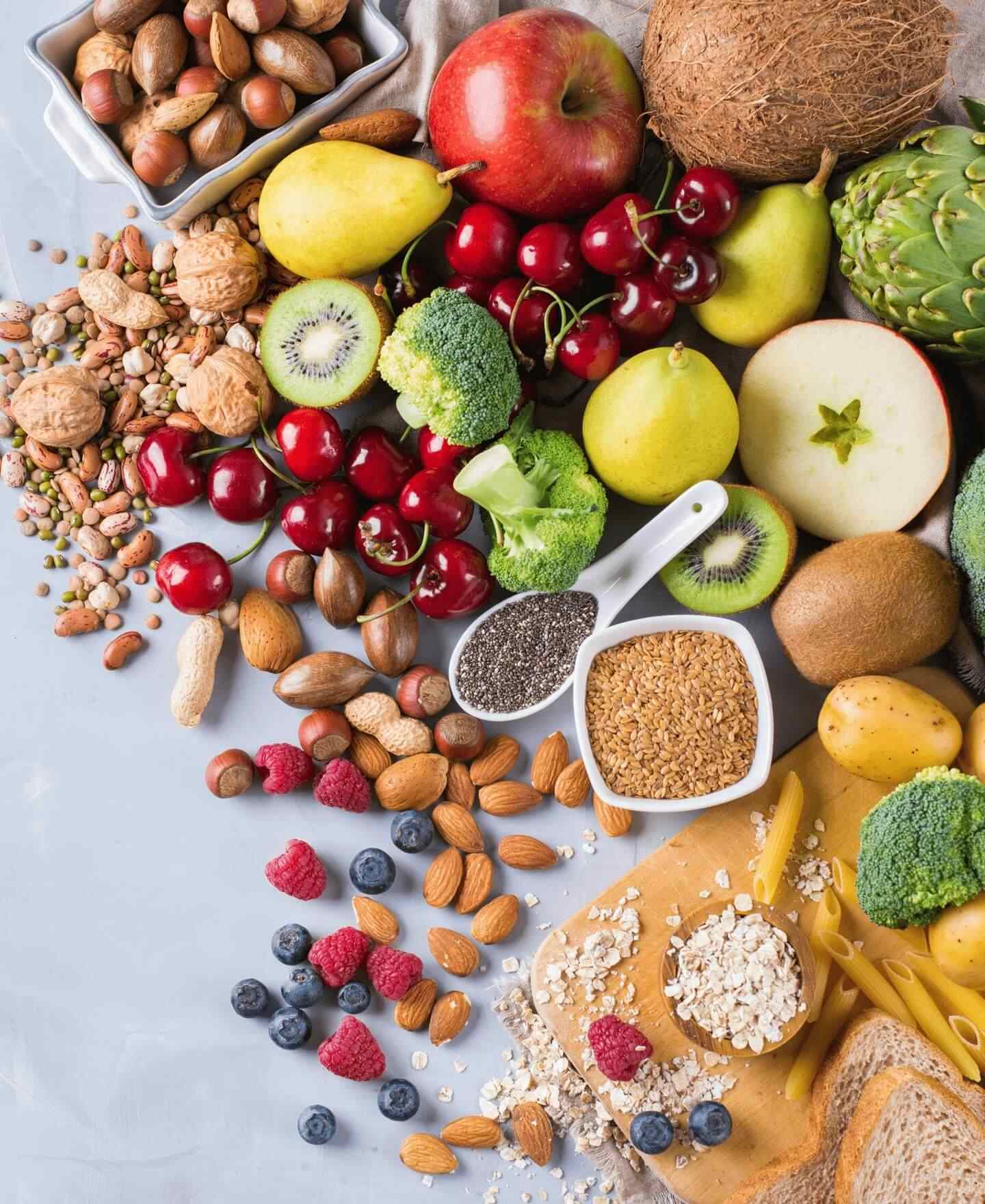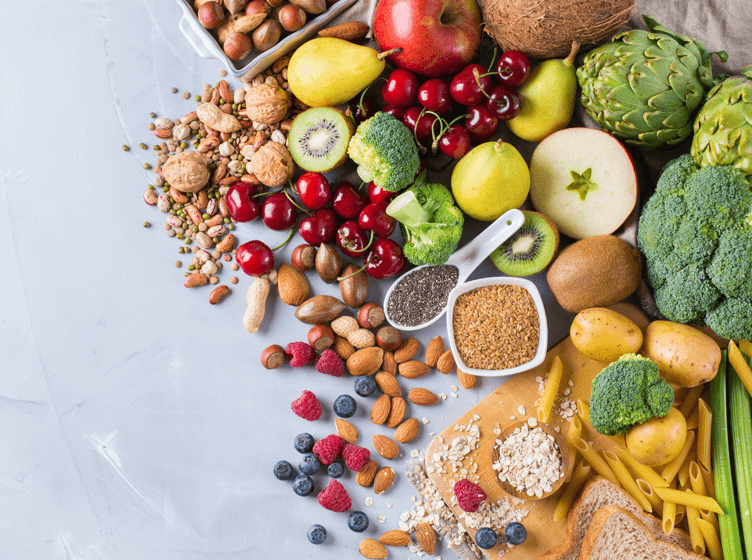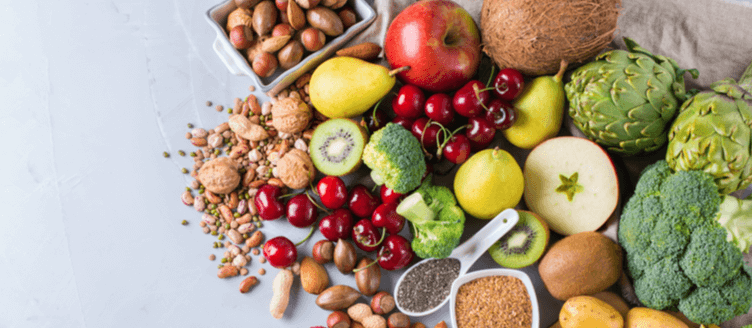Food for Thought: Anti-Inflammatory Eating

Author: Robyn M. Scherber, MD, MPH
Inflammation has long been recognized for its role in the body’s response to tissue injury and fighting infection. However, it plays a very different role in the experience of those individuals affected by one of the rare, chronic blood cancers known as myeloproliferative neoplasms, or MPNs. In fact, chronic inflammation is a common characteristic of MPNs that can lead to burdensome MPN symptoms, while also affecting quality of life. Not surprisingly, the reduction of inflammation is a common concept among MPN care management approaches.
Please note: Anti-inflammatory eating and how it may affect inflammation and symptom burden in people with MPNs has not been thoroughly evaluated.
GET THE SCOOP ON ANTI-INFLAMMATORY EATING
Research shows that what we eat—and what we don’t—may play an important role in our body’s inflammatory process. Some processed or refined foods may help release inflammatory proteins into our bodies, while other foods, like certain fruits and vegetables, may actually help fight them.
Because many “anti-inflammatory” foods offer a variety of other health benefits as well, such as providing important vitamins and minerals, there’s even more reason to add them into your diet. The good news is that anti-inflammatory eating can be delicious—and it doesn’t have to be overly restrictive or difficult. Here are a few helpful tips to help you get started:
- Plant-based diets provide a good nutritional foundation
Whole-plant foods, like fruits and vegetables, contain important anti-inflammatory nutrients. Many of them also contain important antioxidants, which help repair certain types of cell damage. Try to eat a rainbow of anti-inflammatory fruits, vegetables, whole grains, and legumes, such as:- Deeply pigmented fruits (eg, blueberries, blackberries, raspberries, and cherries)
- Rich, leafy greens (eg, spinach, kale, and watercress)
- Cruciferous vegetables (eg, broccoli, cauliflower, and Brussels sprouts)
- Colorful vegetables (eg, tomatoes, beets, and avocados)
- Whole grain foods (eg, brown rice, oatmeal, or plain, air-popped popcorn)
- Don’t overlook your Omegas
Omega-3 fatty acids can help regulate the body’s inflammatory process and may even play a role in reducing pain associated with inflammation. You can find these “healthy fats” in:- Fish (eg, salmon, tuna or mackerel)
- Certain nuts (eg, walnuts and pecans)
- Soy
- Flaxseed
- Serve up some spice
In addition to being good for gut and colon health, certain spices are known to have important micronutrients, as well as anti-inflammatory potential. When cooking, consider how you can enhance the flavor of your meals with anti-inflammatory ingredients like:- Garlic
- Turmeric
- Cinnamon
- Black Pepper
- Ginger
- Pass on processed foods
Highly processed foods often offer little nutritional value, so try to reduce or avoid these “pro-inflammatory” foods:- Sugary cereals and snacks
- Deep-fried foods (eg, French fries)
- Sugary beverages (eg, soda)
- Refined carbohydrates (eg, potato chips, white bread, and doughnuts)
- Go green
Green tea has a number of well-known health benefits, including having both anti-oxidant and anti-inflammatory properties. Consider the following ideas to make “tea time” a regular part of your healthy, anti-inflammatory routine:- Start your morning with a cup of green tea instead of coffee
- For added variety, try flavored green tea (opt for natural or unsweetened varieties)
- Try supplementing your daily intake of plain water with a refreshing cup of green tea over ice
- Indulge with a sweet “cheat”
Well known for its antioxidant properties, dark chocolate (in moderation) is one tasty example of a treat that can feel like a diet cheat. Other anti-inflammatory options to consider include:- Strawberries (or other berries) with fresh, homemade whipped cream
- Make a “smoothie” using anti-inflammatory fruits and greens
- Whole fruit juice popsicles instead of those made with sugar and/or artificial ingredients
BEFORE YOU DIG IN
At its very core, anti-inflammatory eating is about limiting foods without high nutritional value while emphasizing those that contain the vitamins, minerals, and micronutrients that our bodies need. It’s important to discuss your individual nutrition goals, food allergies, and dietary preferences with your Healthcare Professional to find a healthy and anti-inflammatory eating plan that’s right for you.
For more information about inflammation and MPNs, you can review:
Related Articles








